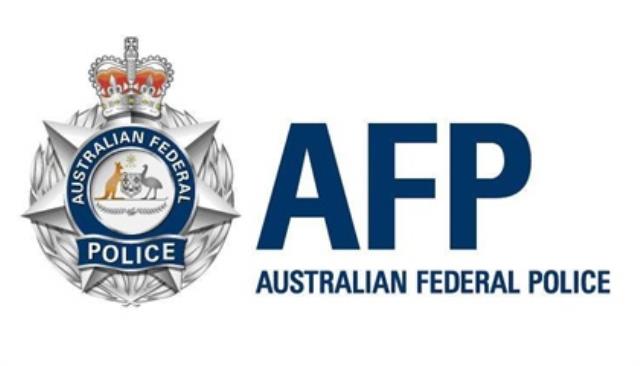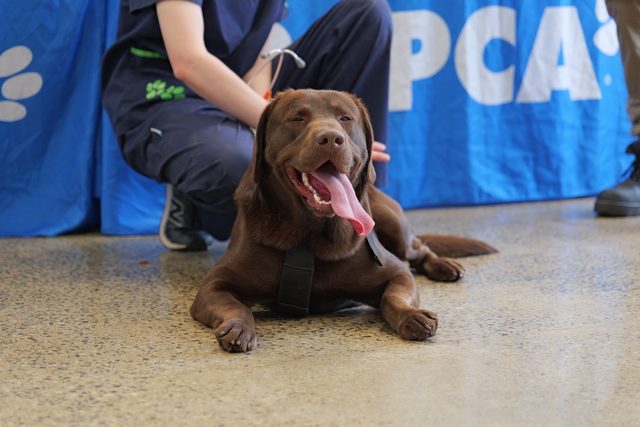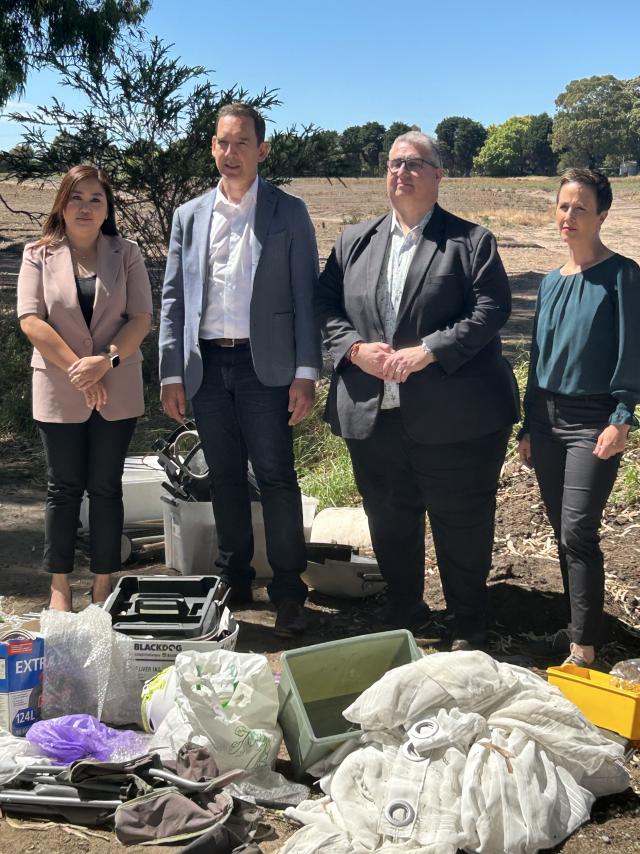By LACHLAN MOORHEAD
MORE than 50 wasp sightings in Casey have been referred to pest controllers over a three month period in 2015, compared to less than 10 in the same period last year, a council investigation has shown.
At a council meeting on Tuesday night, councillor Amanda Stapledon said there had been 91 wasp reports and 17 bee reports to the council from 1 January to 31 March 2015, compared to six wasp reports and nine bee reports in the same three-month period for 2014.
Not all these reports were referred to pest controllers.
The data was compiled by council officers after Cr Stapledon earlier this month moved for Casey Council to prepare a report on the prevalence of European wasps in Casey, including the number of reported incidents in recent months, their sighted locations, and potential reasons for the “wasp invasion”.
The statistics indicated Berwick had the highest amount of wasp reported sighting from 1 January to 31 March, 2015, with 18 reports.
Narre Warren had 17 reports and Cranbourne was next with 11.
Due to the increased wasp activity, Cr Stapledon said the council would look into implementing extra measures to curb the rise.
“I’ve never had wasps in my home until now,” Cr Stapledon said.
“I would like to see a decline.”
There were 28 wasp nest reports in Casey for the three-month 2015 period, compared to two reports the year before.
“I want to make sure our residents are safe and identify if there’s a European wasp in their home or area,” Cr Stapledon said earlier this month.
“It’s not our jurisdiction on eradication but we need to inform people on the issue.”
While cold winters in Europe see that only the queen wasp survives, it’s understood Australia’s warmer winters allow entire wasp nests to remain intact.
La Trobe MP Jason Wood last month sought more than $1 million in federal funding towards a biological solution to limit the pests.
He sought the help of staff from the Parliamentary library who have since been researching the seeming increase of European wasps not only in Eastern and South-Eastern Victoria, but also parts of Tasmania, New South Wales and Western Australia.






